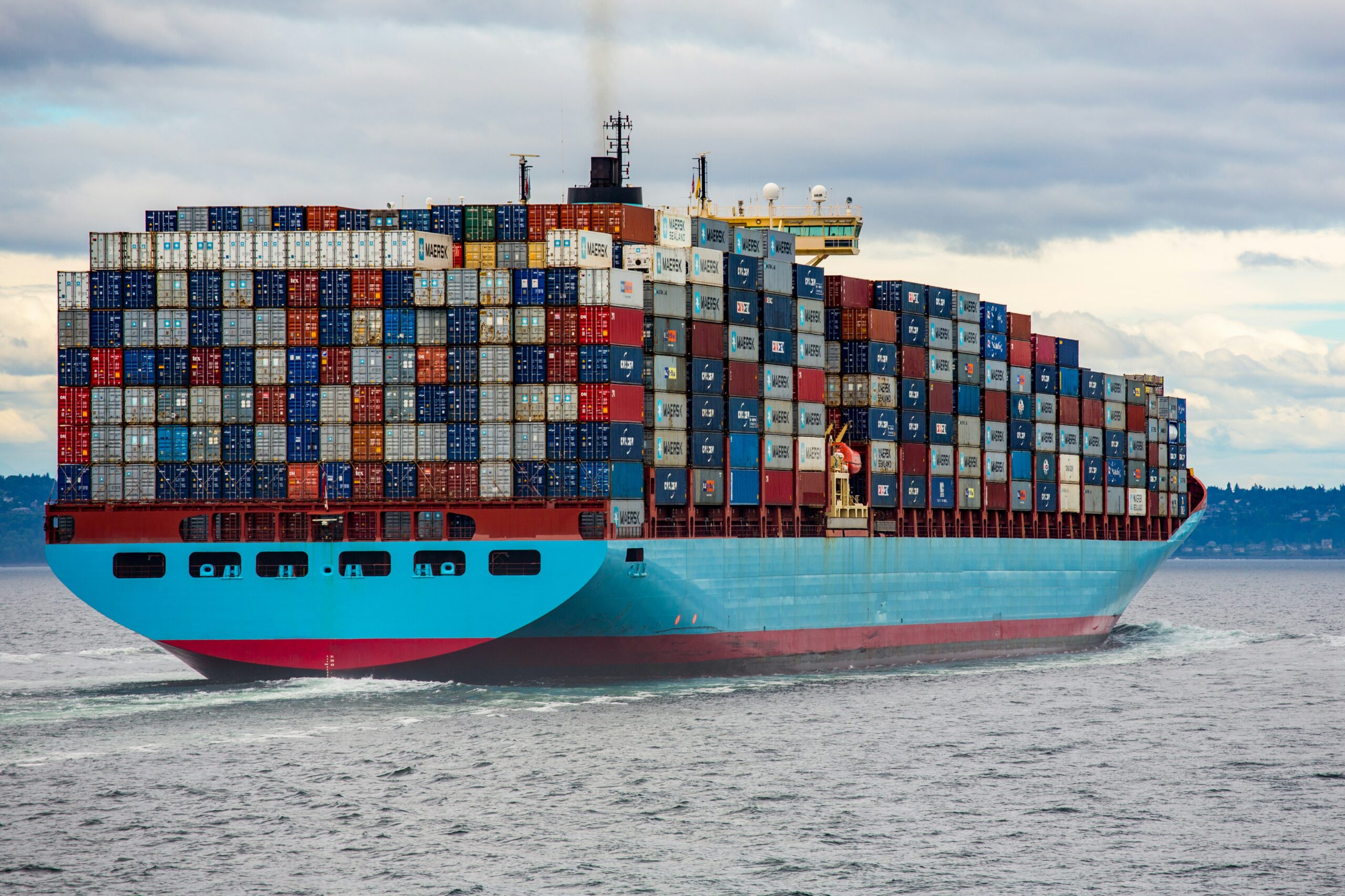You don’t need to be an economist to understand the repercussions of tariffs, especially if they his countries that have long relied on exports for economic growth.
On April 2, President Trump imposed tariffs on more than 180 countries. only to pause them a week later for 90 days for all countries except China.
Countries in Asia welcomed the 90-day pause which buys them time to work closely with their neighbors, explore alternative free trade agreements and even negotiate talks with the U.S. to ensure smooth trade flow.
Thailand‘s finance minister, Pichai Chunhavajira said Thursday that the pause will allow Thailand more time to respond to U.S. tariffs.
Emerging economies in Asia rely heavily on international trade for economic growth, and many Asian countries were among the worst hit economies, with Cambodia and Laos slapped with 49% and 48% import tariffs respectively, followed by Vietnam (46%), Myanmar (44 %) and Thailand (36%). Malaysia and Brunei were hit with 24% tariffs, while the Philippines and Singapore were hit with tariffs of 17% and 10%, respectively.
According to regional definitions by Our World in Data, roughly one-fourth of the total countries on the tariff list belong to Asia, including both advanced and developing economies.
Reaction across Asia after the tariff pause
Japan‘s prime minister, Shigeru IshibaJapan, said Sunday that the tariffs are “definitely not reasonable” for the U.S. manufacturing industry. “We aim to negotiate (with the U.S.) with a persuasive power,” Ishiba said at a meeting in Kobe.
Meanwhile, India wants to move fast on trade talks with the U.S. after the tariff pause, while its neighbor, China is already consolidating its ties in the region.
According to People’s Daily Chinese President Xi Jinping Vietnam from April 14-15, and Malaysia and Cambodia from April 15-18. He last visited Cambodia nine years ago and Malaysia roughly 12 years ago. On his recent visit on Monday, both China and Vietnam have signed deals on rail links and supply chain as Xi visited Hanoi amid US tariff tensions.
“There are no winners in a trade war, or a tariff war,” Xi wrote in an editorial jointly published in Vietnamese and Chinese official media. “Our two countries should resolutely safeguard the multilateral trading system, stable global industrial and supply chains, and open and cooperative international environment.”
China entered a free trade agreement deal with South Korea and Japan ahead of April 2 tariff announcements to promote regional trade through the deal.
On Thursday, the Association of Southeast Asian Nations (ASEAN), said it would not impose retaliatory measures in response to U.S. tariffs, although it was concerned by the developments.
ASEAN is a regional grouping of 10 Southeast Asian countries namely Brunei, Cambodia, Indonesia, Laos, Malaysia, Myanmar, the Philippines, Singapore, Thailand, and Vietnam. The bloc has been struggling to approach Trump’s trade policy with one voice.
Malaysia seeks a unified response, while Vietnam wants bilateral talks.
Singapore’s prime minister Lawrence Wong had warned that the country might lose out in the tariff war.
Cambodia, the country hit with highest tariffs of 49% and exports to the U.S. contribute around 25% of the country’s GDP. The tariff announcement came at a time when the country’s garment industry (which relies heavily on exports to the U.S.) has been suffering from high energy costs and low productivity.
Trade imbalance with Asian countries facing April 2 tariffs
America runs a trade deficit with Asia which means it imports more from the countries in the region than it exports.
Of the 15 countries that America runs the largest bilateral goods trade deficit with, nine are in Asia.
The U.S. goods trade deficit with ASEAN was $228 billion in 2024, a 11.6% increase ($23.6 billion) over 2023, according to the data from the Office of the U.S. Trade Representative (USTR).
Using the U.S. Census Bureau’s data, we break down the trade imbalance by each country in Asia that was imposed with tariffs before the pause was announced.
For simple comparison, we have relied on the regional definitions by ‘Our World in Data’.
After China, the U.S. has the biggest trade deficits with Vietnam and Taiwan. As a major semiconductor producer facing tariffs of 32%, Taiwan complained of unfair tariffs, but moved quickly to lay out proposals with the U.S.
The U.S. goods trade deficit with Vietnam was $123.5 billion in 2024, an 18.1% increase ($18.9 billion) over 2023. The U.S. is Vietnam’s biggest export market and the two countries will begin trade talks, Hanoi announced Thursday, shortly after Washington delayed a 46% tariff on Vietnamese exports for 90 days.
Trade imbalance in the interactive table below
